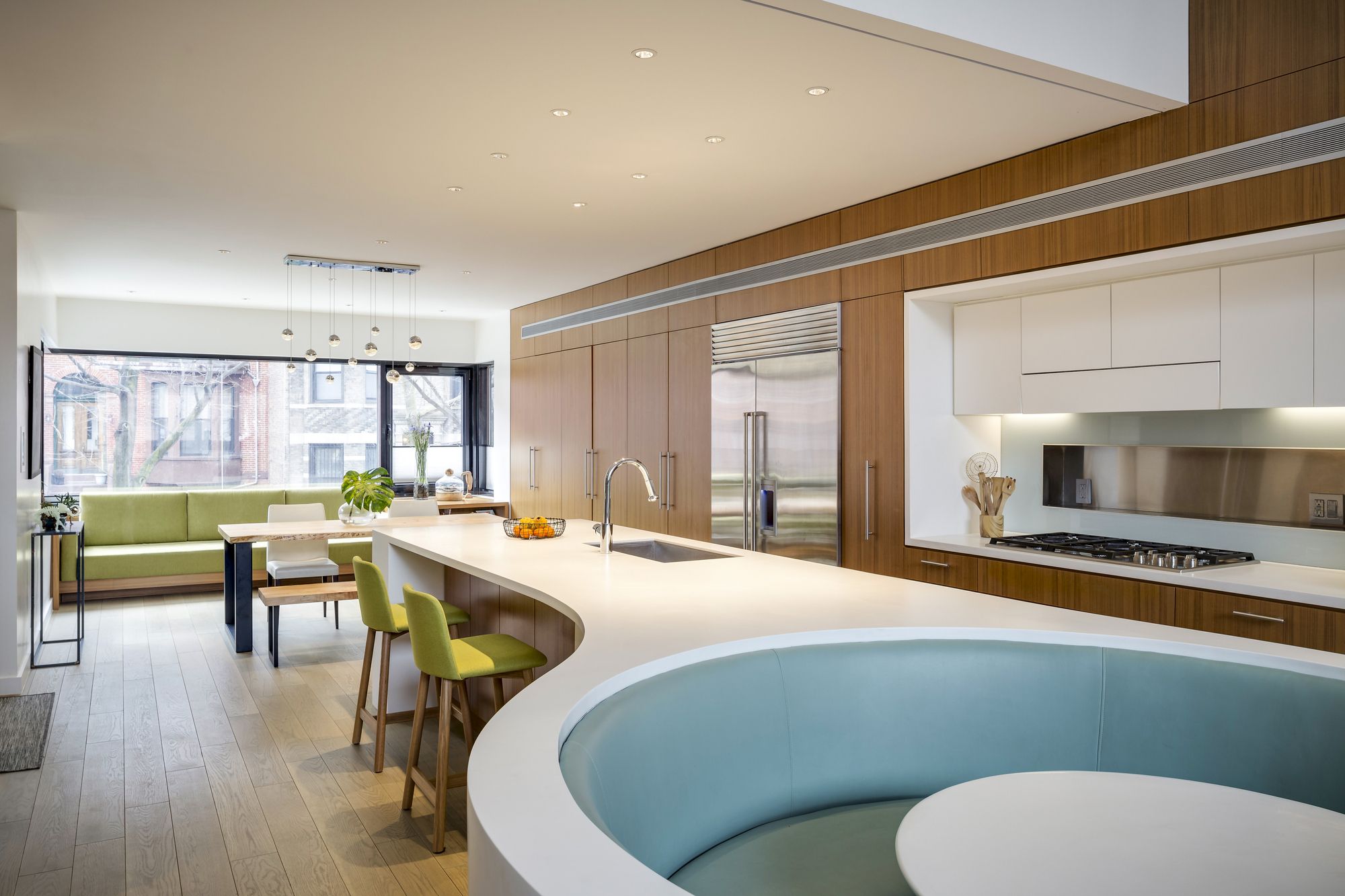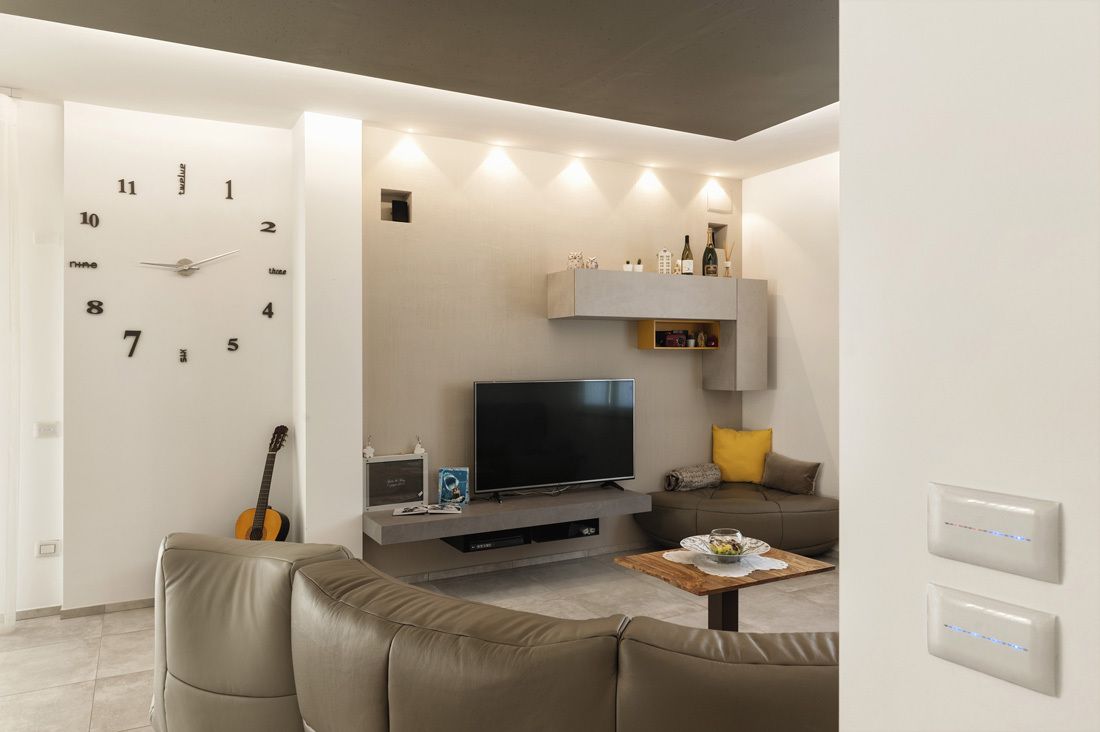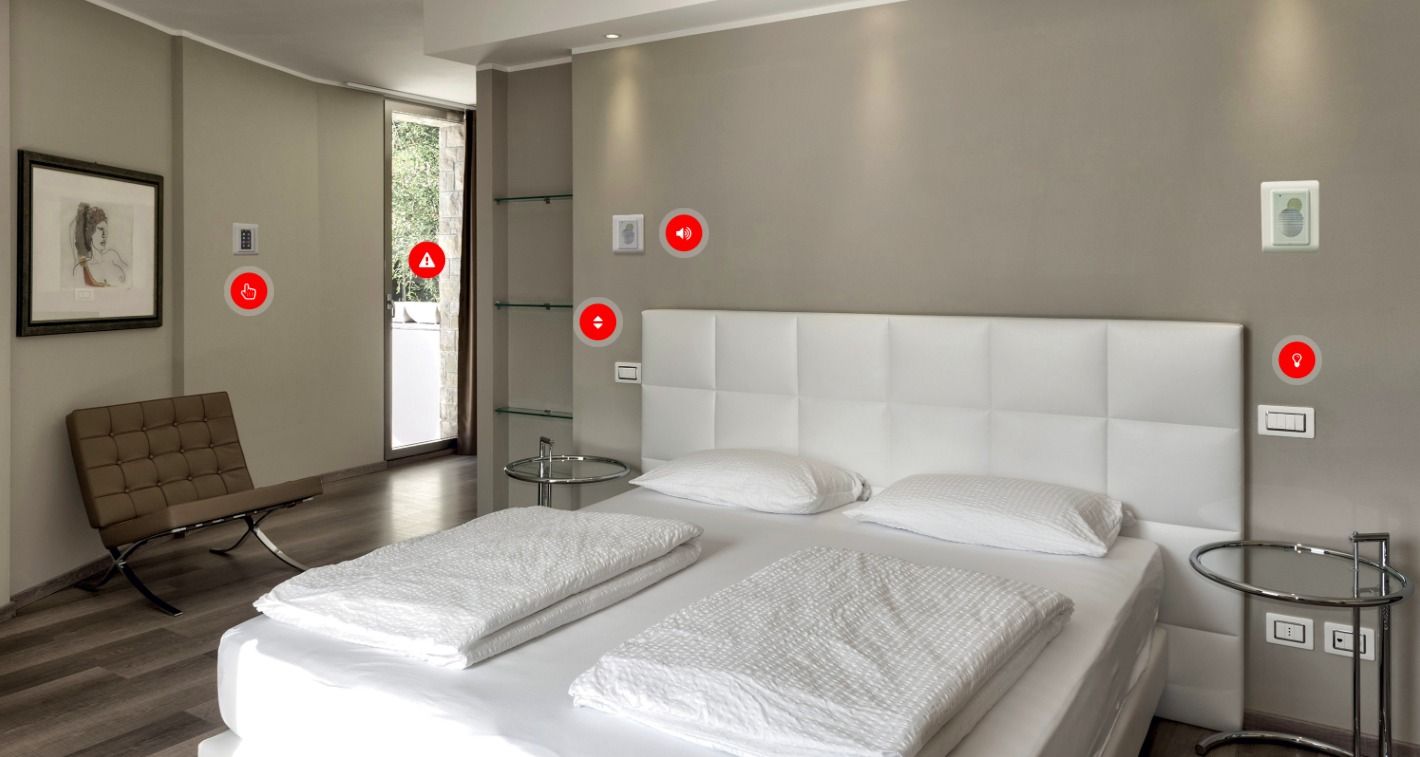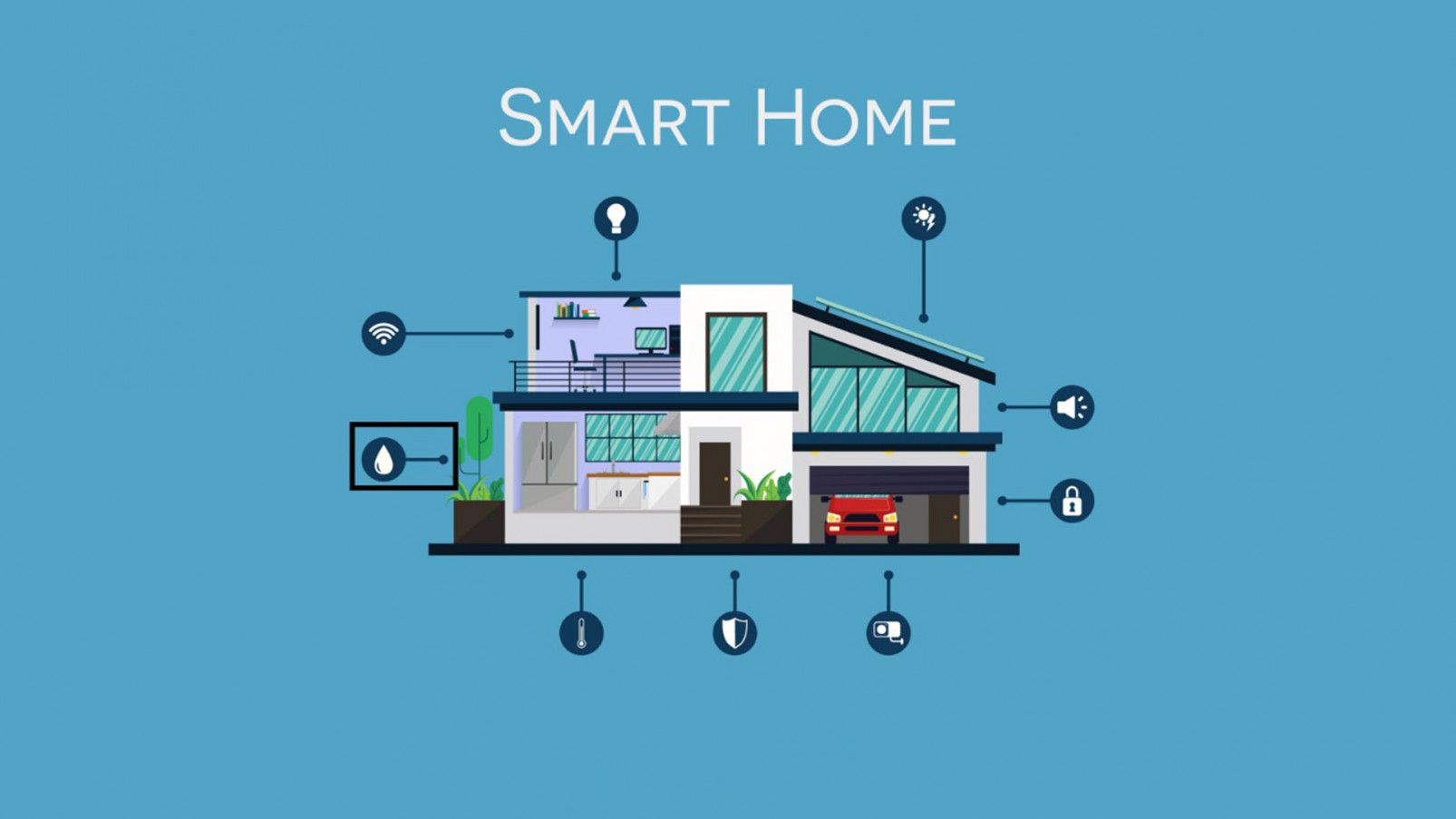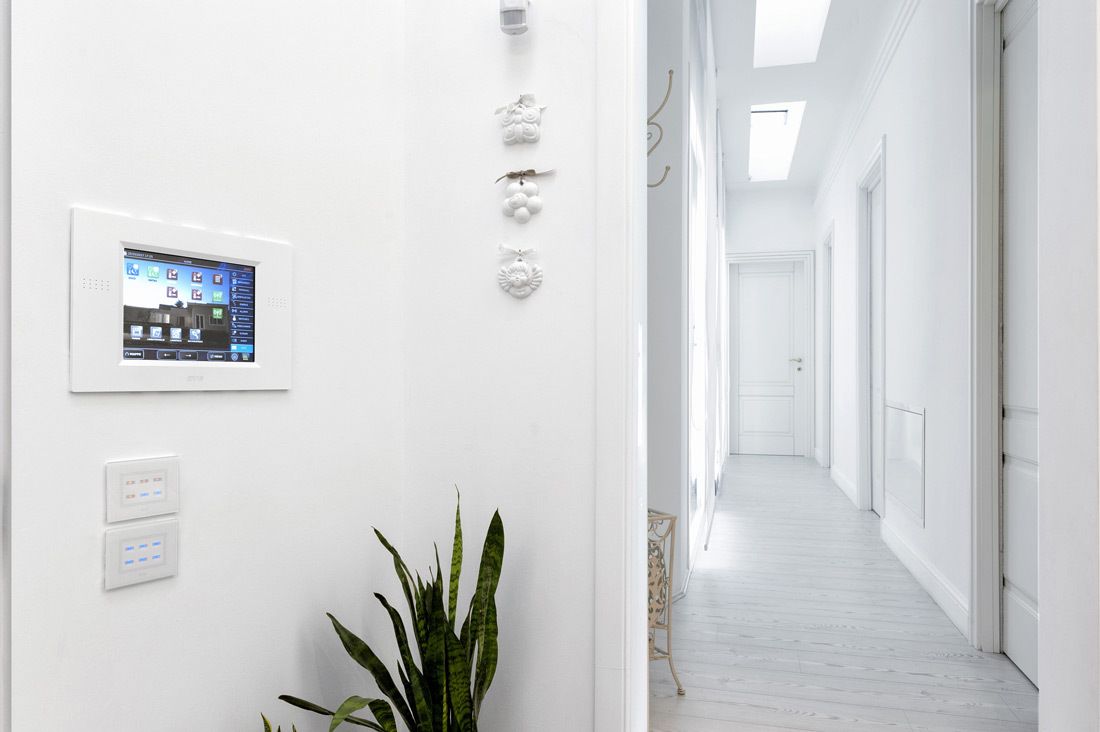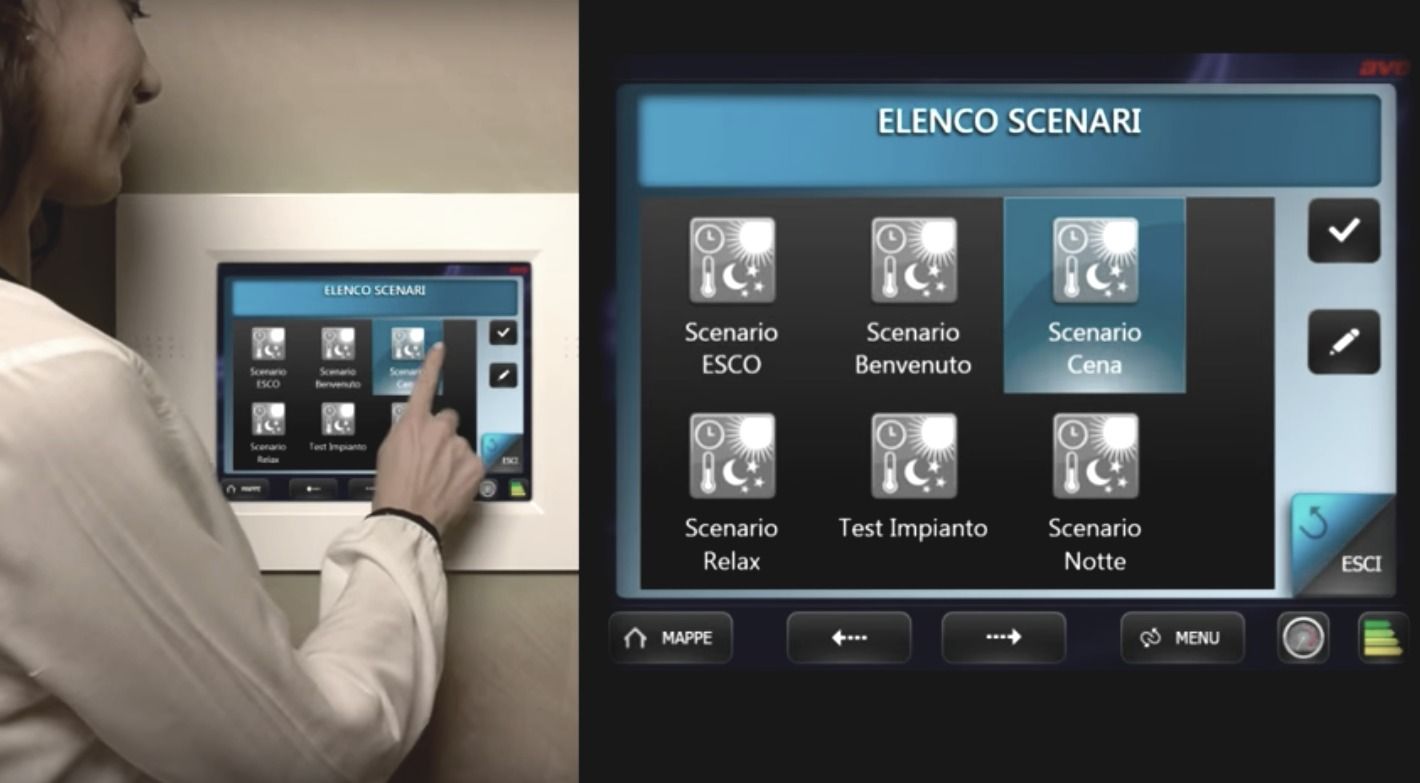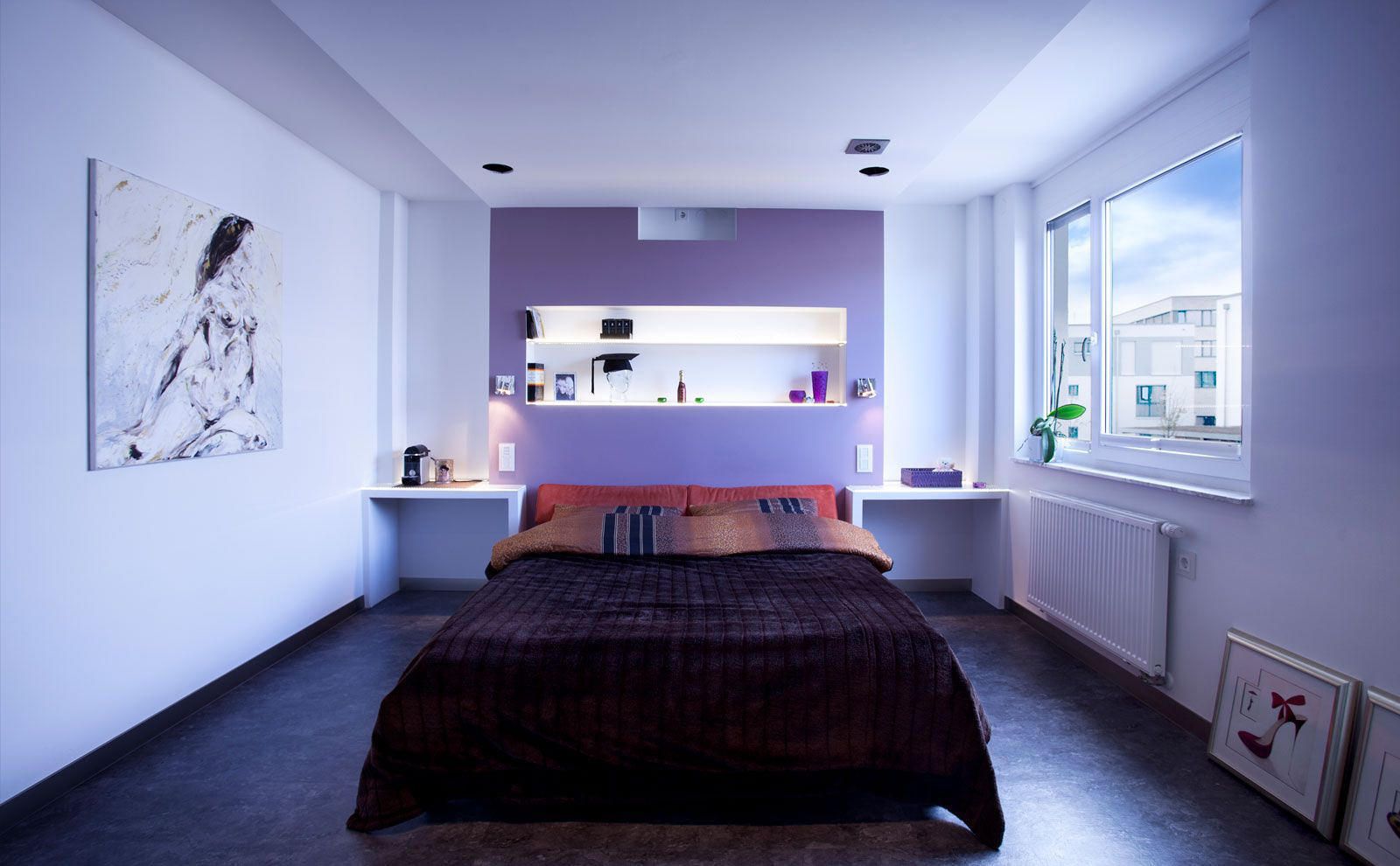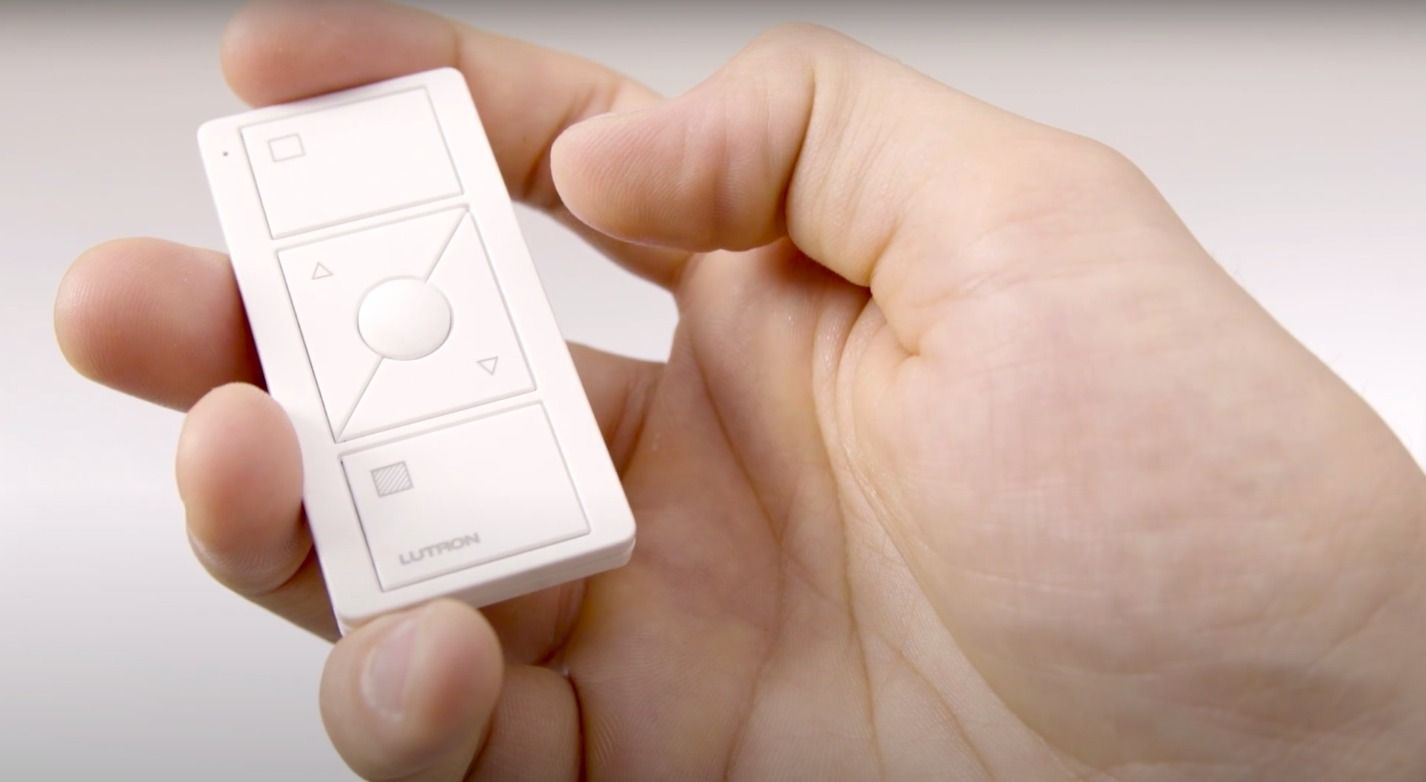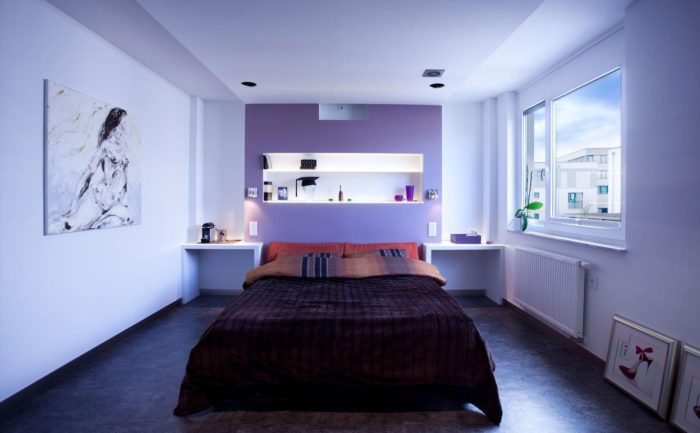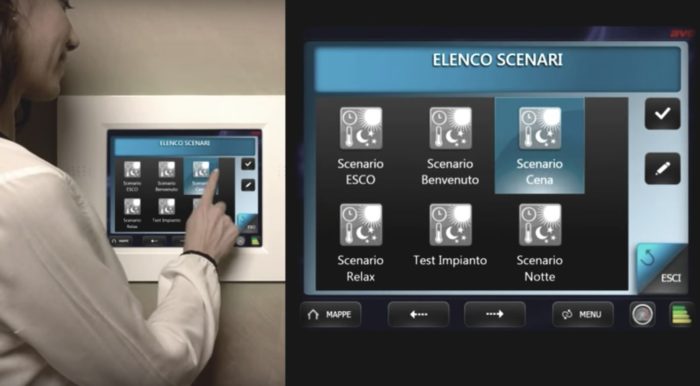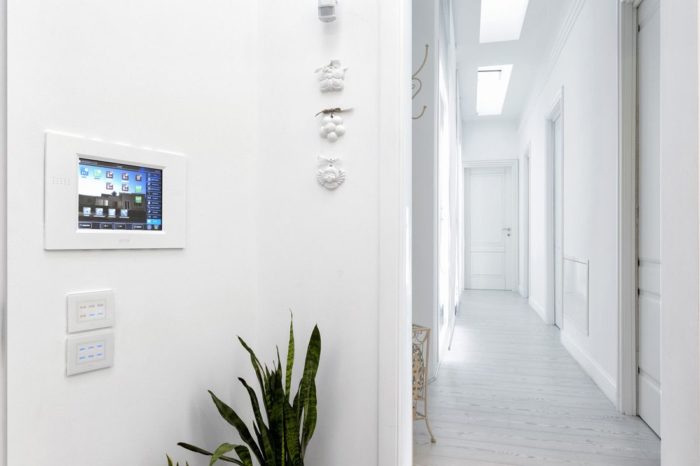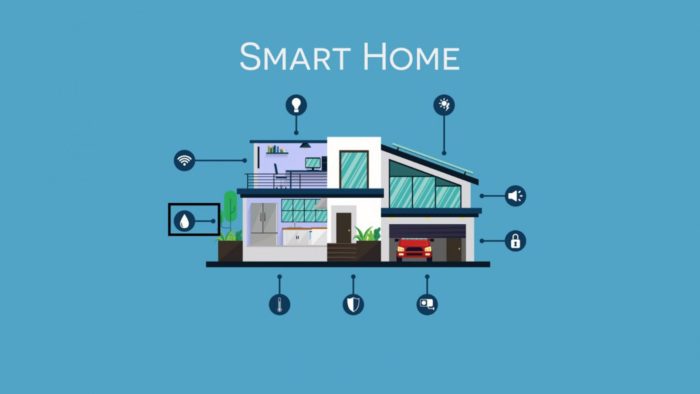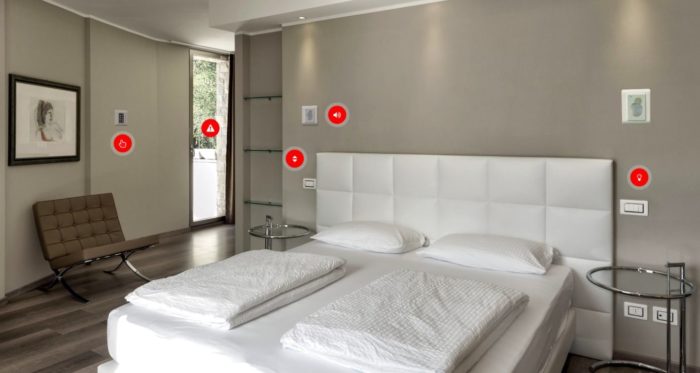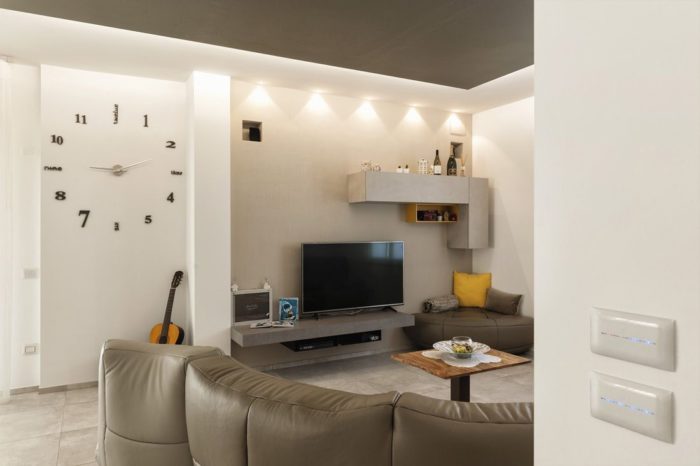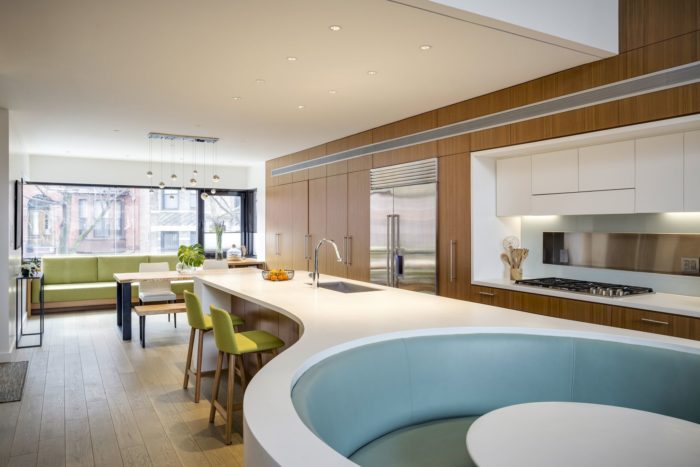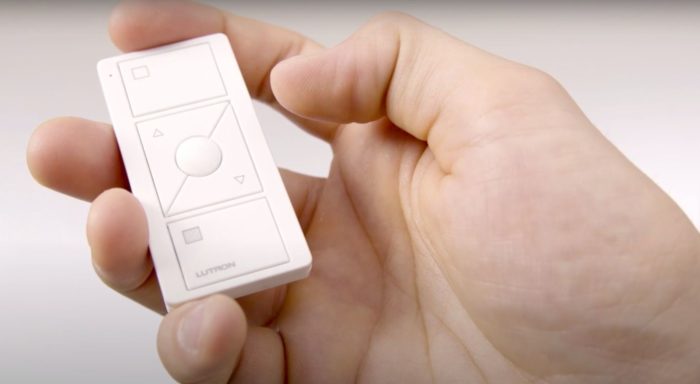Designing Contactless Homes with Smart Home Systems: A Comprehensive Guide to Modern Living
A smart home system encompasses a collection of devices that are accessible and controllable either remotely or through automated processes. These devices range from lights and thermostats to security cameras and beyond. The purpose of smart home systems is to streamline tasks, enhance security measures, and promote energy efficiency. What is a smart home? A smart home is a dwelling that utilizes internet-connected devices for the remote monitoring and control of various appliances and systems, including lighting and heating.
1) Features Of Smart Home Systems
Smart home systems come with various capabilities, such as remote access, scheduling, geofencing, and voice control, enhancing convenience and comfort in your daily life.
- Security of smart home systems: Smart home systems can be secure, but taking steps to protect your system from unauthorized access is essential.
- Remote access: With remote access, you can control your smart home devices anywhere. This can be helpful if you want to turn on the lights or adjust the thermostat before you come home or if you want to check on your home while you’re away.
- Offers peace of mind: IoT devices empower family members or caregivers to observe seniors’ health and overall well-being from a distance, enabling them to stay in the comfort of their homes for an extended period rather than transitioning to an assisted living facility.
2) Disadvantages Of Smart Home Systems
Embracing smart home systems introduces several drawbacks, including privacy and security concerns, potential technical glitches, and an increased dependence on technology. As homes become more interconnected, understanding these downsides is essential for users navigating the complexities of a smart home environment.
- Cost of smart home systems: Investing in smart home systems can incur significant expenses, mainly when aiming to equip your entire residence with these technologies. The prices of individual devices can vary considerably, and there’s the additional expense of acquiring a hub or bridge to connect and integrate these devices seamlessly.
- Privacy of smart home systems: Smart home devices gather extensive data about your activities and routines, potentially using this information to advertise or monitor your whereabouts. Understanding the privacy implications associated with smart home technology before embracing it is crucial.
- Interoperability: Smart home devices manufactured by different companies frequently need interoperability, causing frustration when attempting to establish a unified smart home system. Investigating the compatibility of various devices before making any purchases is crucial.
- Complexity of smart home systems: Smart home devices from different brands often need help working together seamlessly, creating frustration when creating a cohesive smart home setup. It’s essential to check the compatibility of other devices before making any purchases.
3) How To Set Up A Smart Home
Key Technologies Driving Smart Home Systems
- Artificial Intelligence: Artificial Intelligence stands out as a key driver for advancing smart home innovation. Voice assistants leverage this fundamental technology to understand and adapt to our preferences and routines. It’s reasonable to anticipate a growing presence of AI-powered household devices in the future, with smart speakers and TV systems currently taking the lead in smart homes.
- Wireless Networking: Wireless networking technologies like Wi-Fi and Bluetooth enable communication between smart home devices and facilitate interaction with your smartphone or other connected devices.
- The Internet of Things (IoT): The Internet of Things (IoT) comprises a network of physical objects linked to the internet. Smart home devices form a segment of the IoT, allowing you to oversee and manage various aspects of your home.
- Sensors: IoT devices depend on specialized hardware for their operation. This technology is essential for the fundamental functioning of home systems, such as smart meters and intelligent alarms. For instance, thermostat thermal sensors can communicate with a smart meter, prompting the heating system to reach a predetermined temperature. Similarly, a motion sensor detecting movement around a property could trigger an alert sent to the homeowner’s phone.
4) How To Design A Smart Home Systems
- Smart home systems and the environment: Smart home systems contribute to energy conservation and minimize your environmental impact. For instance, you can utilize your smart thermostat to regulate your home’s temperature when you’re away or employ intelligent lights to turn off automatically when you exit a room.
- Smart home systems and entertainment: Smart home systems enhance your entertainment experience. For instance, you can use smart speakers to manage your music or smart TVs to stream your preferred shows.
- Smart home systems and productivity: Smart home systems contribute to increased productivity. For instance, you can utilize intelligent lights to establish a more conducive work environment or employ smart thermostats to regulate your home’s temperature for better sleep.
1- Smart Lighting and Audio Systems
Illumination plays a crucial role in any household, and its integration into your smart home deserves careful consideration as it introduces your living space. A diverse range of modern, intelligent lighting systems is readily accessible. Many intelligent lighting setups operate seamlessly without a central hub and communicate effectively with other smart devices like speakers or displays. These lighting systems can establish connectivity via WiFi or Bluetooth, allowing you to conveniently control all the lights in your home from your smartphone or tablet.
2- Automated Curtains
Indeed, managing artificial lighting is crucial, but considering natural lighting is equally important. Smart blinds offer convenience and potential aesthetics, addressing practical issues like hard-to-reach or inaccessible windows. In many homes, a significant percentage of curtains (45% to 75%) remain untouched, often due to challenges in accessibility. Automated blinds provide a solution by enabling effortless opening or closing with just a button.
Additionally, by integrating blinds into a system, residents can set schedules, automating the opening in the morning and closing at night. During a movie, they can effortlessly close the blinds without getting up. These devices come in various designs, ensuring compatibility with the aesthetic of nearly any home. Whether dealing with hard-to-reach windows or simply seeking added convenience, designers, and homeowners can opt for this technology.
3- Heating Systems
The regulation of room temperature, known as HVAC, is another facet of home technology that smart devices can enhance for convenience and energy savings. Smart thermostats can learn preferences and autonomously adjust the temperature based on the homeowner’s presence at home or away. Individuals prioritizing energy conservation or having specific temperature preferences should explore the benefits of a smart thermostat. Moreover, like many other automated products, smart speakers can activate these thermostats for added convenience.
5) Overview
With IoT devices’ increasing sophistication and alignment with our daily lives, we can anticipate ongoing innovations. Voice assistants and essential home devices are evolving to understand our preferences and routines, offering a level of customization previously unprecedented. When exploring new homes, weighing your options to embrace these advancements is crucial.
